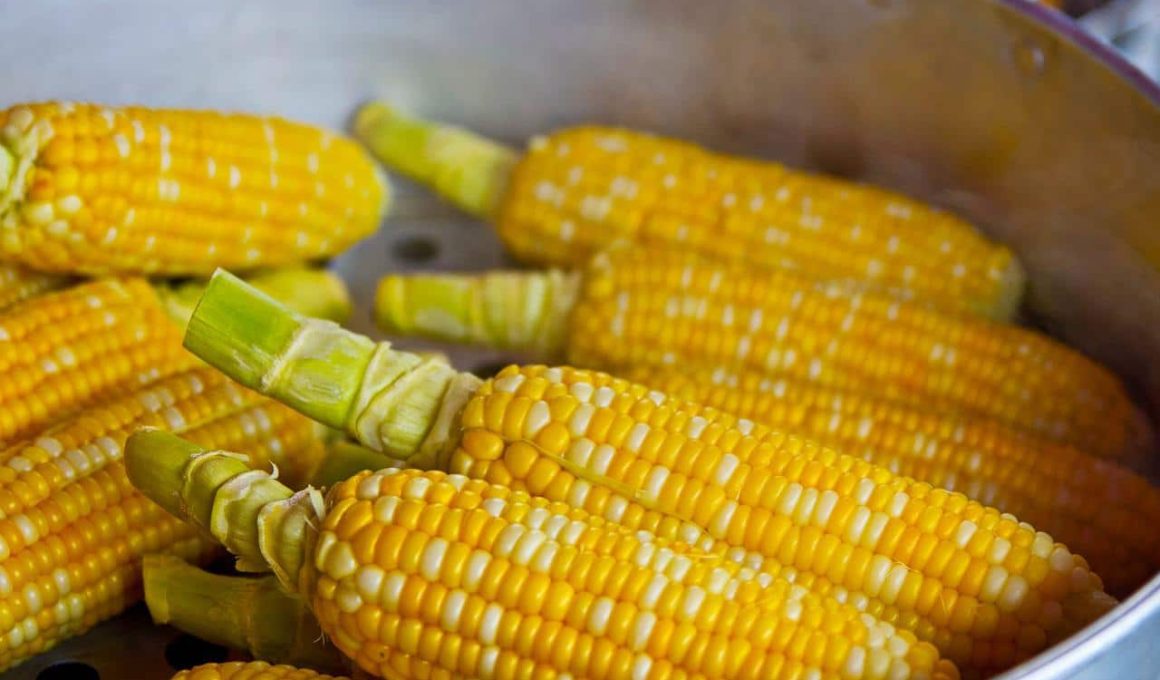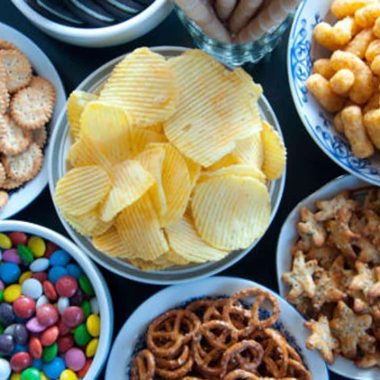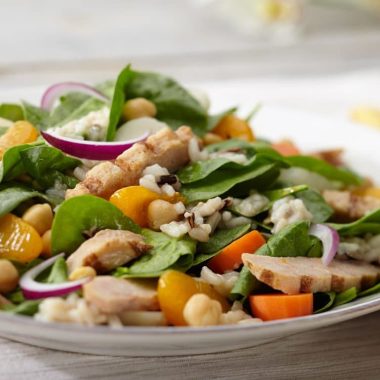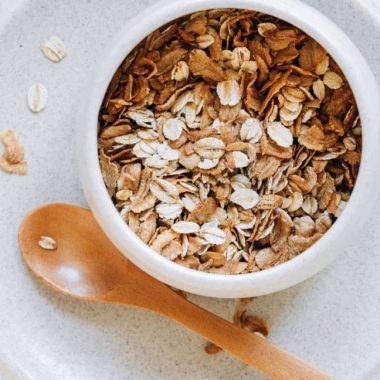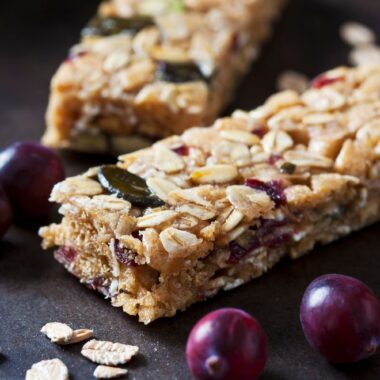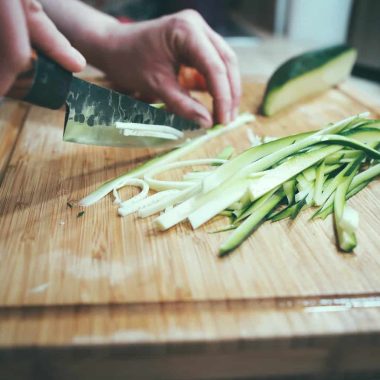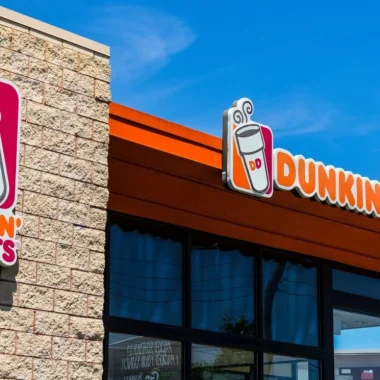Corn is a lot more diverse than folks might think. In the U.S., four basic types of corn take over our farms and gardens: dent corn, flint corn, popcorn, and sweet corn.
Each type of corn (Zea mays) serves different purposes, from the sweet corn at summer cookouts to the dent corn used for animal feed and ethanol.
Farmers have been working with corn for thousands of years, coming up with varieties that fit all sorts of climates.
These days, the main categories are sweet corn, popcorn, and field corn (which includes dent, flint, and flour types).
They look, taste, and feel different—and they’re used in all kinds of ways in food production.
Knowing what sets these types apart helps gardeners pick the right seeds and gives the rest of us a peek into just how versatile corn can be.
From colorful flint corn brightening up fall displays to flour corn that ends up as cornmeal, each has its own quirks and ideal uses.
1. Dent Corn (Zea mays var. indentata)

Dent corn, sometimes called yellow dent corn or white dent corn, is one of the six major types of corn.
The “dent” comes from a little dimple on top of the kernel that shows up as it dries out.
This one’s mostly grown as field corn and is a mainstay in agriculture.
Unlike sweet corn, dent corn isn’t something you’d want to eat raw off the cob—it’s way too starchy.
Dent corn has both hard and soft starch in its kernels. As it dries, the soft starch shrinks, which is what causes the signature dent.
Primary Uses:
- Livestock feed – The most common use worldwide
- Cornmeal production
- Industrial food products
- Ethanol production
- Seed corn for planting
Most of those endless cornfields you see on road trips? That’s dent corn. It’s the bulk of the U.S. crop year after year.
Dent corn kernels can be yellow or white and are loaded with starch—more than the kinds grown just for people to eat.
That makes it perfect for processing and for feeding animals.
Farmers like dent corn for its big yields and toughness. Modern varieties are bred to handle disease and drought, so it’s a reliable pick.
2. Flint Corn (Zea mays var. indurata)
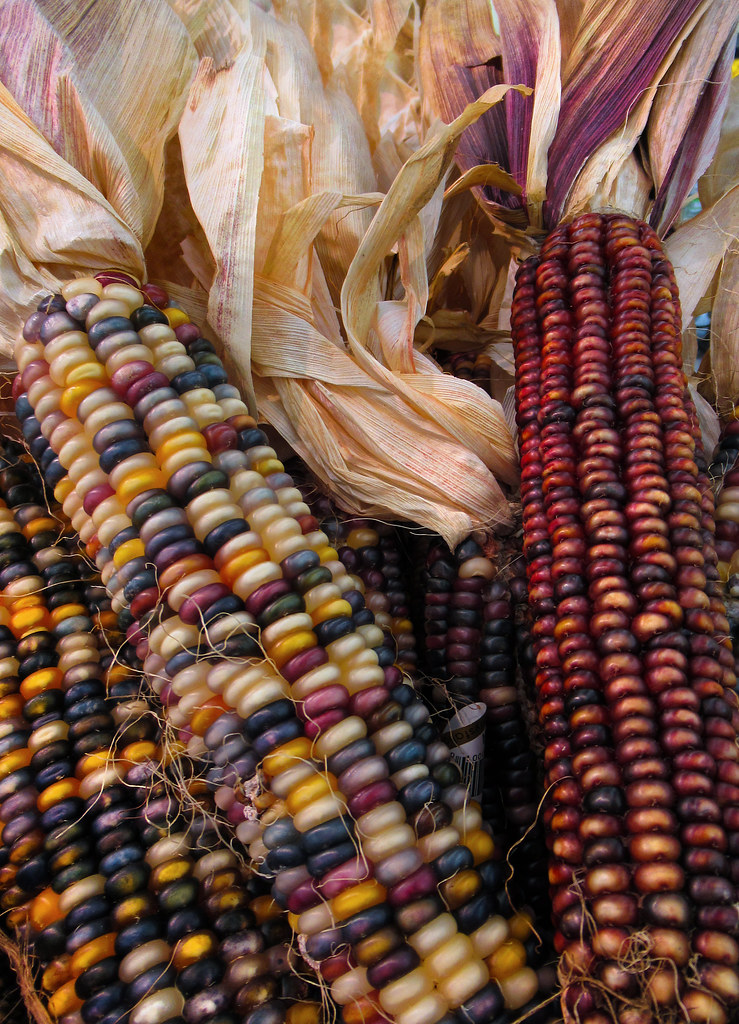
Flint corn, or Indian corn, stands out from the usual sweet corn crowd.
Its name comes from the rock-hard outer shell, which really does feel like flint if you try to bite it (not recommended).
Officially, flint corn is Zea mays var. indurata. It’s got less soft starch than, say, dent corn, making it a lot tougher.
What really grabs attention is the look—flint corn comes in all sorts of colors: red, yellow, white, blue, and even purple.
No wonder it’s a favorite for autumn decorations and holiday centerpieces.
Key Characteristics:
- Hard outer shell
- Colorful kernels
- Less soft starch content
- More resistant to cold conditions
- Longer storage life
Native Americans grew flint corn for generations, especially since its tough kernels resist rot and bugs better than softer types.
Unlike sweet corn, you won’t find flint corn on the cob at a backyard party.
It’s usually ground into cornmeal for things like polenta and grits.
Some types can even be popped, though not all will work for popcorn.
Flint corn comes in several color variations—white, red, brown, yellow—each with its own subtle flavor and texture when milled.
3. Pop Corn (Zea mays var. everta)
Popcorn is a quirky kind of corn with one big party trick: it pops.
Technically, it’s Zea mays everta and goes way back in history.
What sets popcorn apart is the hard shell and starchy inside. When you heat it up, the moisture inside turns to steam, pressure builds, and—boom!—the kernel explodes into that fluffy snack we all know.
Popcorn is actually a kind of flint corn with just the right traits to pop.
The popped kernels usually come out as either butterfly (with little wings) or mushroom (more round and compact).
Popular Popcorn Varieties:
- Yellow popcorn – most common
- White popcorn – more tender
- Red popcorn – specialty variety
- Blue popcorn – unique color and flavor
- Black popcorn – distinctive appearance
Popcorn’s been around forever. Archaeologists have found evidence of it being popped in the Americas as far back as 4,700 BCE. That’s some serious snack history.
It’s still a go-to treat at movies and games. People dress it up with everything from butter and salt to caramel, cheese, or spicy seasonings.
Growing popcorn is a lot like growing other corn, though it does need a longer season to dry out on the stalk. Most home gardeners can pull it off with a little patience.
Stored right in airtight containers, popcorn kernels can stay pop-ready for years. Not bad for a humble grain.
4. Flour Corn (Zea mays var. amylacea)

Flour corn is one of the six major types of corn and stands out for its super soft, starchy kernels.
It’s almost all soft endosperm, so it grinds down to fine powder without much effort.
This variety has deep roots in the Americas, especially with indigenous peoples.
Flour corn is grown specifically for cornmeal and corn flour, thanks to its soft texture.
The kernels come in all sorts of colors:
- White
- Blue
- Red
- Purple
- Multicolored (speckled)
Blue flour corn, in particular, has special cultural significance in Peru and in the American Southwest.
The ratio of soft to hard endosperm in flour corn defines its structure and is what makes it so good for baking.
Flour corn is often used to make:
- Traditional cornbread
- Tortillas
- Tamales
- Hominy (when treated with an alkaline solution)
Hominy is made by soaking the kernels in lye or lime water, which removes the hull and puffs them up—a process called nixtamalization.
This boosts nutrition and forms the base for things like pozole and grits.
Fresh off the cob, flour corn isn’t sweet or juicy, but its fine grind makes it prized for baking and traditional dishes.
5. Sweet Corn (Zea mays var. saccharata)

Sweet corn is a favorite for eating fresh and is picked when the kernels are still in the “milk stage”—tender, juicy, and sugary.
This veggie is known for its high sugar content and creamy bite.
People love it right off the cob, frozen, or canned. Its sweetness comes from a natural mutation that keeps some sugar from turning into starch.
There are three main types of sweet corn genetics:
- Standard (su): Traditional sweet corn with moderate sugar content
- Sugar-enhanced (se): Sweeter than standard with more tender kernels
- Supersweet (sh2): Extra sweet with slower sugar-to-starch conversion
Sweet corn brings some health perks too. It’s got antioxidants like lutein and zeaxanthin for your eyes, plus vitamin A in the yellow varieties.
Scientists have even bred high-lysine corn to boost nutrition, which is a game-changer in places where corn is a staple.
Sweet corn likes warm soil—about 60-65°F. Most kinds are ready in 70-100 days and give you one or two ears per stalk. Favorites include ‘Silver Queen’, ‘Honey and Cream’, and ‘Jubilee’.
If you want that just-picked flavor, eat sweet corn soon after harvest—its sugars turn to starch pretty fast once it’s off the stalk.
6. Pod Corn (Zea mays var. tunicata)
Pod corn is one of the more peculiar types of corn, botanically known as Zea mays var. tunicata.
Unlike most corn you’ll see at the store, pod corn’s kernels are each wrapped up in their own little leafy husk, called a glume.
It’s a bit odd to see at first—almost like every kernel is wearing a jacket.
These papery husks give pod corn its unmistakable look. The term “tunicate” is a nod to these coverings, which really set the variety apart.
Pod corn shows up in a surprising range of colors:
- White
- Cream
- Yellow
- Brown
- Purple-seeded
Turns out, scientists traced pod corn’s oddball traits to a dominant mutation called Tunicate1 (Tu1).
This mutation messes with a MADS box gene, which changes how the kernels form and develop those extra husks.
Most folks don’t grow pod corn for eating—it’s mostly ornamental.
That gene for long glumes is the star here, creating those distinctive sheaths around every kernel.
Some botanists have wondered if pod corn looks a bit like ancient corn ancestors, though honestly, it’s still up for debate.
Either way, for gardeners and plant nerds, pod corn is a fun oddity to grow—if nothing else, it’s a conversation starter.
Its quirky style definitely earns it a spot in gardens that celebrate heirlooms or just plain weird plants.
